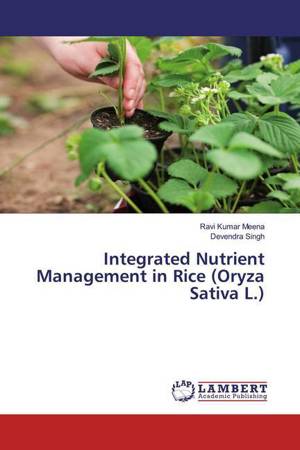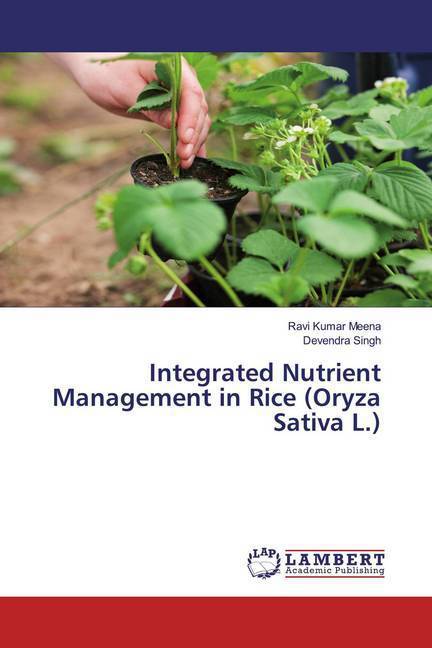
- Afhalen na 1 uur in een winkel met voorraad
- Gratis thuislevering in België vanaf € 30
- Ruim aanbod met 7 miljoen producten
- Afhalen na 1 uur in een winkel met voorraad
- Gratis thuislevering in België vanaf € 30
- Ruim aanbod met 7 miljoen producten
Zoeken
Integrated Nutrient Management in Rice (Oryza Sativa L.)
Ravi Kumar Meena, Devendra Singh
Paperback | Engels
€ 39,45
+ 78 punten
Omschrijving
The increasing food demands of a growing human population and the need for an environmentally friendly strategy for sustainable agricultural development require significant attention when addressing the issue of enhancing crop productivity. Here we discuss the role of integrated nutrient management (INM) in resolving these concerns, which has been proposed as a promising strategy for addressing such challenges. INM has multifaceted potential for the improvement of plant performance and resource efficiency while also enabling the protection of the environment and resource quality. Objective of this book are: 1. To promote Integrated Nutrient Management (INM ) through judicious use of fertilizers, including secondary and micro nutrients, in conjunction with organic manures and bio-fertilizers, for improving soil health and its productivity. 2. To strengthen soil testing facilities and provide soil test based recommendations to farmers for improving soil fertility and economic return to farmers. 3. To upgrade the skill and knowledge of Soil Testing Laboratory staff / extension workers and farmers and their capacity through training and demonstration on farmers fields.
Specificaties
Betrokkenen
- Auteur(s):
- Uitgeverij:
Inhoud
- Aantal bladzijden:
- 84
- Taal:
- Engels
Eigenschappen
- Productcode (EAN):
- 9783330036758
- Verschijningsdatum:
- 30/04/2020
- Uitvoering:
- Paperback
- Formaat:
- Trade paperback (VS)
- Afmetingen:
- 152 mm x 229 mm
- Gewicht:
- 136 g

Alleen bij Standaard Boekhandel
+ 78 punten op je klantenkaart van Standaard Boekhandel
Beoordelingen
We publiceren alleen reviews die voldoen aan de voorwaarden voor reviews. Bekijk onze voorwaarden voor reviews.











